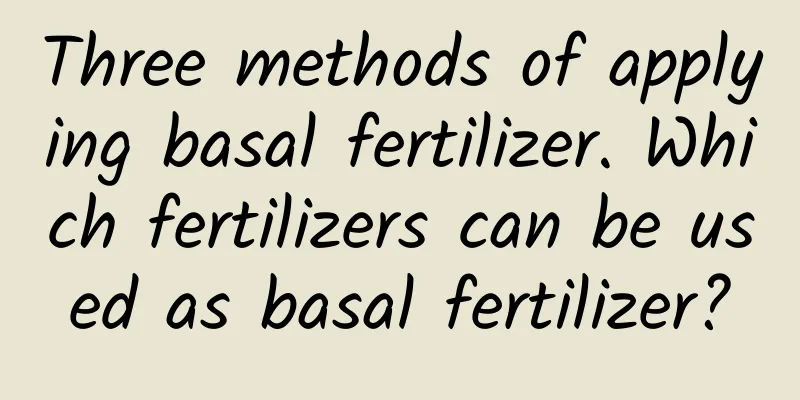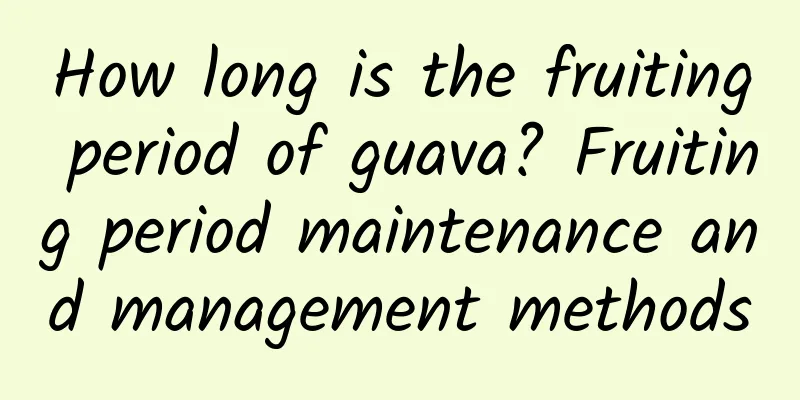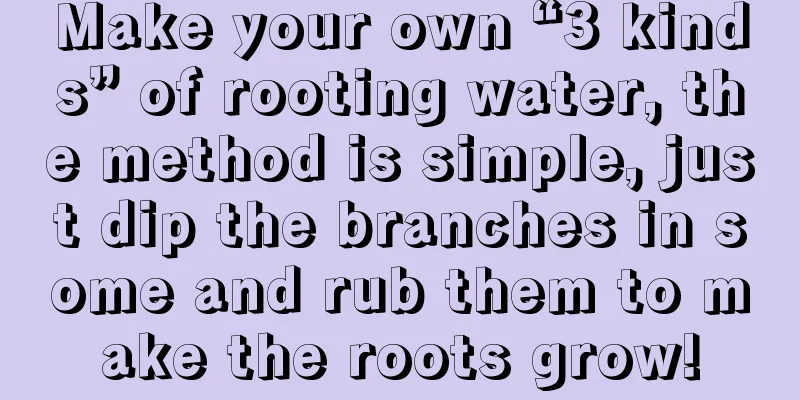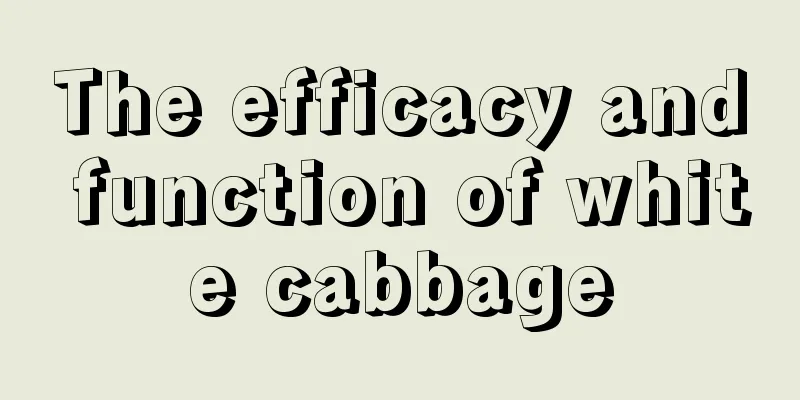Three methods of applying basal fertilizer. Which fertilizers can be used as basal fertilizer?

The role of basal fertilizerBasal fertilizer is the fertilizer applied simultaneously with soil plowing and harrowing before sowing, also called base fertilizer . The application of basal fertilizer has two main functions: one is to improve soil fertility and soil quality, thus creating good soil conditions for crop growth and development; the other is to continuously provide nutrients for crop growth . What fertilizer is suitable for base fertilizer?The types of fertilizers used for base fertilizers should be mainly organic fertilizers and slow-release fertilizers , such as manure, compost, phosphate rock powder, etc., which are all stable and slow-release fertilizers. Phosphorus and potassium fertilizers can also be used as base fertilizers and applied together with organic fertilizers. Quick-acting nitrogen fertilizer should not be used too much as basal fertilizer to avoid nutrient loss and nutrient pollution of water sources. At the same time, this type of fertilizer can easily cause excessive growth in the early stage of the composition, making it susceptible to diseases and insect damage. Effective method of applying basal fertilizer1. Spreading That is, before sowing crops, fertilizer is evenly spread on the surface and then plowed into the soil. This fertilization method is suitable for crops with high planting density, such as wheat and rice. Features : This method has low labor intensity and is evenly mixed with the tillage layer of soil, which is beneficial to improving the soil's fertilizer supply capacity and increasing soil fertility. 2. Strip and hole application It refers to the process of combining land preparation, bed making, furrowing or hole digging before sowing, applying fertilizer to the soil, and then clarifying the soil for sowing. It is suitable for row sowing or spot sowing of crops. Features : This method belongs to concentrated fertilization. It should be noted that the amount of fertilizer should not be too large to avoid burning seeds and seedlings due to excessive local fertilizer concentration. The organic fertilizer applied should be fully decomposed. 3. Separate fertilization method According to the properties of the fertilizer used and combined with deep plowing, apply long-acting fertilizers to the lower layer and quick-acting fertilizers to the upper layer. Fertilizers in each layer should be evenly distributed. Features : This fertilization method can meet the nutrient needs of crop root growth, and is more effective for crops with long growth periods and deep roots. |
<<: Jiangxi vegetable varieties and pictures What are the specialty vegetables in Jiangxi
>>: What crops are suitable for growing in swamps? What crops are suitable for growing in swamps?
Recommend
What are the cultivation methods and precautions of Zhulan?
Pearl orchid cultivation method Zhulan, also know...
She planted succulents on the roof, and they drooped two stories in one year. Neighbors reported it every day!
Winter beauties planted rooftops to grow into lar...
Yam planting time and method
Yam planting time When planting yam, the ambient ...
How to properly water and fertilize Monstera? Does Monstera require light?
1. How to water and fertilize correctly 1. Wateri...
How many years does it take for hemp walnut to bear fruit?
The results of hemp walnut planting for several y...
The meaning of roses, the price of roses
1. Meaning 1. Red roses: Roses are usually used t...
The flower language and legend of rosemary
Rosemary Flower Language The flowers of Lost Frag...
When is the best time to transplant apple trees?
Before transplanting apple trees, you should choo...
Money string flowers?
Money string flowers? Money tree is a flowering p...
What should I do if the osmanthus leaves turn yellow, dry and fall off?
Osmanthus is a traditional famous flower in China...
How to Identify Brussels Sprouts
1. Appearance Brussels sprouts are biennial or pe...
What is the reason for the yellowing of the leaves of the green radish?
1. Improper water supply Reason: The green radish...
How to care for cymbidium flowers during their blooming period? Can fertilizer be applied during flowering?
1. How to grow during the flowering period 1. Sui...
When does the crabapple bloom? When does the crabapple bloom in Sanya?
1. Flowering time Begonia flowers usually bloom b...
How to grow Clivia more vigorously in summer?
Clivia is known for its elegant posture and digni...









